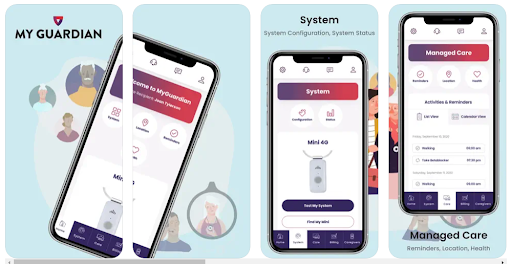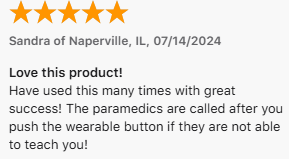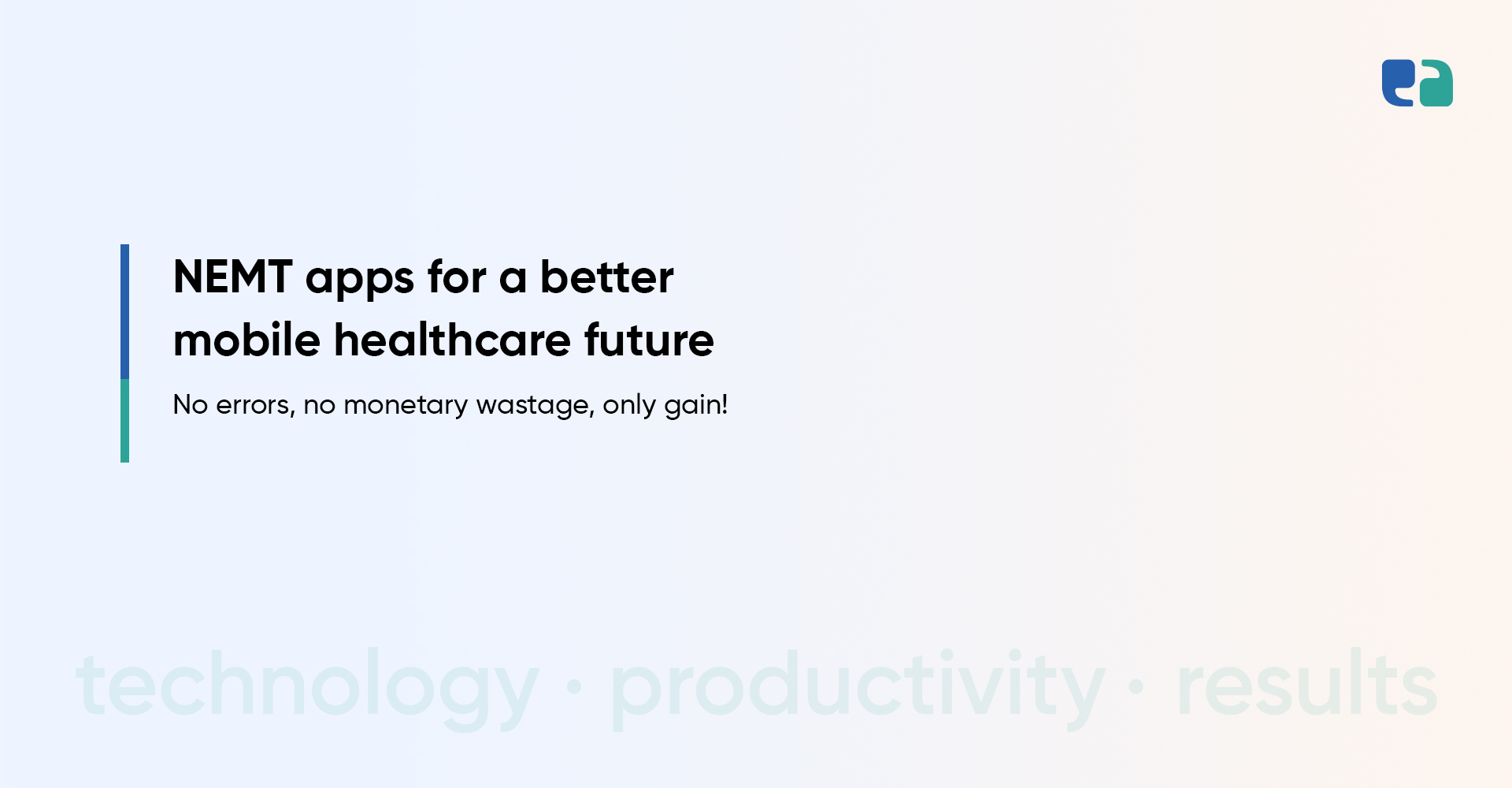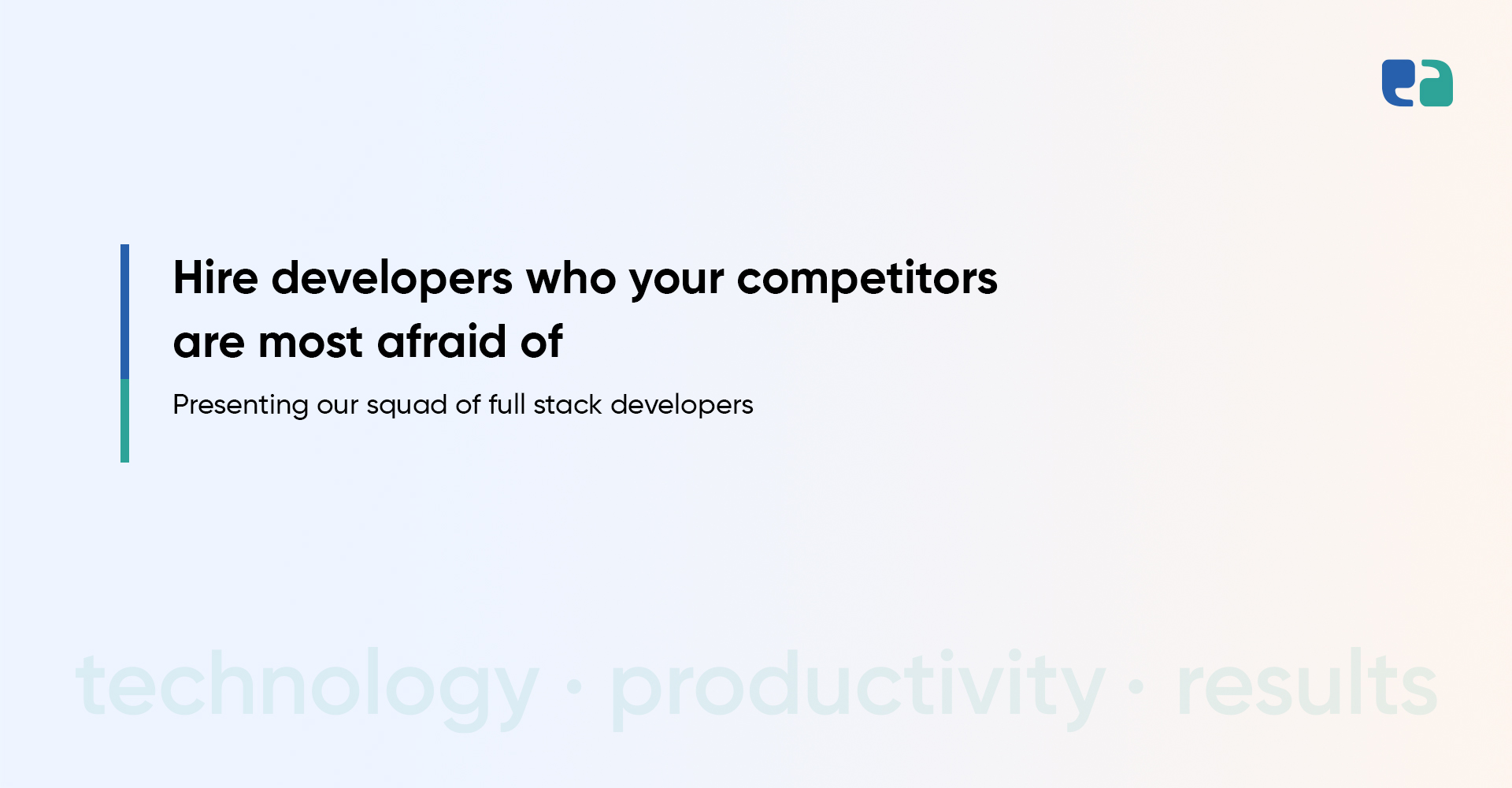The need for medical alert apps for seniors is on the rise.
With a growing elderly population, many people are looking for ways to stay independent while feeling safe.
Medical alert systems offer just that—a sense of security for seniors, people at risk of falls, and anyone living alone who might need quick help.
As we age, our health often requires extra attention.
Nearly 95% of adults over 60 have at least one chronic condition, and almost 80% have two or more.
This makes having access to immediate assistance more important than ever.
Falls are one of the biggest concerns for seniors, affecting many each year.
Medical alert apps with fall detection are especially helpful here.
They can automatically contact emergency services if a fall is detected, even if the user can’t press the help button.
In this guide, we’ll walk you through how to build a medical alert app for seniors. We’ll cover the essential steps in design, development, and implementation.
Our goal? To help you create an app that boosts safety, supports independence, and improves quality of life for seniors.
Catering to Seniors’ Tech Needs: Understanding the Target Audience
When building a medical alert app for seniors, remember that many older adults aren’t as familiar with tech as younger users.
A 2024 Forbes Health study shows that while 34% of seniors aged 65 and older worry about falls or needing medical attention, only 9% use a medical alert system.
This gap shows why it’s essential to make the app appealing and easy for seniors to use, especially those who might hesitate with new technology.
Learn from Successful Apps Before Building Your Own
Growing Demand for Medical Alert Systems
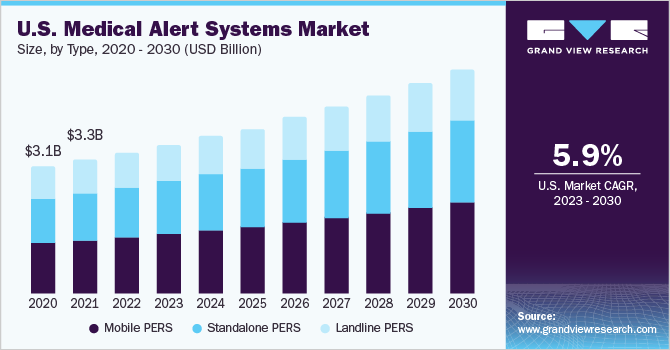
The market for medical alert systems is expanding quickly. In 2022, it was valued at $9.3 billion and is projected to grow by 6.4% each year through 2030.
Why the rise? A few key factors are at play:
- Aging Population: By 2030, one in six people worldwide will be 60 or older, according to the WHO.
- Better Healthcare: Improved healthcare services are making it easier for seniors to live independently.
- Tech Advancements: New technologies are enhancing the reliability and accessibility of medical alert systems.
As the number of seniors grows, so does the need for tools that ensure their safety and independence—creating a valuable market for medical alert apps.
Key Features for a Medical Alert App
Designing a Life-Saving App: The Medical Alert App Development Process
Creating a medical alert app is all about combining technology with user-friendly design. Here’s how the development process works, broken down into easy steps:
I. Planning and Conceptualization
- Define Your Goals: Start by deciding the app’s main purpose. Ask yourself: Who will use it? What features do they need? For seniors at risk of falls, think about key features like an emergency call button and GPS tracking.
- Research the Market: Look at existing apps like Bugle or bSafe. What do they do well? Where can you do better? This helps you find what users want and any gaps you can fill.
II. Design and Development
- User-Friendly Interface: Make the app easy to navigate, especially for seniors. Use large fonts, clear icons, and high-contrast colors. Think about adding voice commands to help users interact more easily.
- Build a Strong Backend: This is the technical side that supports your app. Use reliable databases and servers, and consider cloud solutions for flexibility. Also, integrate features like GPS and emergency communication.
III. Testing and Quality Assurance
Test the app thoroughly to ensure it works well in all situations. Get feedback from seniors during testing to understand their experience and make necessary changes.
IV. Deployment and Launch
Follow the submission guidelines for app stores like Google Play and Apple. Make sure to write clear descriptions and use keywords to help users find your app.
V. Maintenance and Updates
Fix bugs and add new features based on user feedback. Features like medication reminders can enhance the app’s value and keep it relevant to users’ needs.

